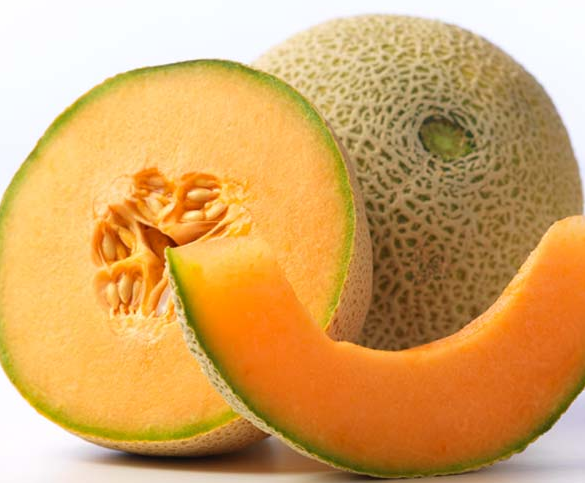Less Water, More Watermelon: Grafting Can Help Growers Yield More
UC Cooperative Extension advisor tests ancient technique, new to California melons
By Mike Hsu, UC ANR
As growers across California navigate severe drought, supply-chain challenges and rising inflation, reducing inputs has become an existential necessity. And for watermelon growers, a new twist on a thousands-year-old practice is showing real promise.
In the summer of 2018, watermelon growers brought a pressing problem to Zheng Wang, who had recently joined University of California Cooperative Extension as the vegetable crops and irrigation advisor for Stanislaus, San Joaquin and Merced counties.
Growers were seeing an increasing number of their cartons rejected by supermarkets and other buyers because of the melons’ inconsistent quality, and Wang wondered if the ancient technique of grafting would help the state’s melon growers, who plant about 10,000 acres of the crop each year.
Although California is the No. 3 watermelon-producing state in the U.S. (behind Florida and Georgia), there has been relatively little research on the melon across the state.
“Watermelons seem to have attracted not too much attention compared to other cucurbits, both Extension- and research-wise,” said Wang.
Fresh from his postdoctoral work at The Ohio State University on grafting fresh market tomatoes, Wang knew that vegetable growers understood the theoretical benefits of grafting, which combines a scion (the above-ground part of a plant) with the sturdy rootstock of a related plant.
But watermelon growers needed to make sure the added expense of using grafted plants would pay off. They were looking for science-backed evidence that the technique could actually reduce costs overall, while maintaining or boosting productivity.
“Sometimes as farmers we want to test a new cultural practice or crop product,” said David Jarrett, field manager at Van Groningen & Sons, who grows watermelons in the San Joaquin Valley. “A person like Zheng can set up a meaningful experiment and he has the tools for qualitative and quantitative analysis; Zheng knows how to measure a hunch and assign it a verifiable number measuring success.”
In his first trials in partnership with growers in 2019, Wang tested whether they could plant fewer watermelon plants, spaced at greater distances apart, while producing a stable yield of high-quality melons. The idea was that grafted plants, which are more vigorous and grow larger leaves and wider canopies, would produce consistently marketable melons that could be picked up to seven or eight times during an extended harvest season.
“That way we can make one plant equal ‘two,’” explained Wang, noting that non-grafted plants tend to produce only two or three picks of good melons, with quality declining rapidly afterward.
Grafting shows ‘a lot of potential for the future’
After two years of trials, the growers determined, with strong confidence, that watermelons planted 4-5 feet apart could produce a yield equal to – or surpassing – that of plants 3 feet apart (the standard for their non-grafted counterparts).
According to Wang, growers reported that, on average, their successfully grafted fields produced 15% to 25% more watermelons than non-grafted fields per acre, while using 30% fewer plants and the same amount of water and fertilizers.
With the potential for greater profitability, grafting could be a major boon during a particularly challenging time for growers.
“California agriculture is stressed competing for finite resources such as land, water, fertilizer and other safe but effective chemical tools, but outside of this realm we can improve some of our crops by grafting,” Jarrett explained. “Just as many tree crops are grafted, we are learning that other crops can be successfully grafted too; the goal is to create a heartier plant, which may grow better in marginal soils with reduced inputs.”
Confidence in the technique has led to a significant increase in the planted acreage of grafted watermelon across California – from less than 250 acres in 2018 to more than 1,500 acres in 2021. At the same time, growers have adopted 4 or 5 feet as the new “standard” spacing for their watermelon plants, enabling them to reduce their populations while maintaining or boosting yield.
“Using grafting has kind of opened a new channel in the watermelon world, and for all vegetable production in California,” Wang said.
Next up for Wang is testing various combinations of scions and rootstocks. This year, he began variety trials with rootstocks of various cucurbit family members (like hybrid squashes, Citron and bottle gourd), with hopes of producing results that watermelon growers could use to decide the best options for their local conditions.
“In sum, there are a lot of unknowns – but also a lot of potential for the future,” he said.

























